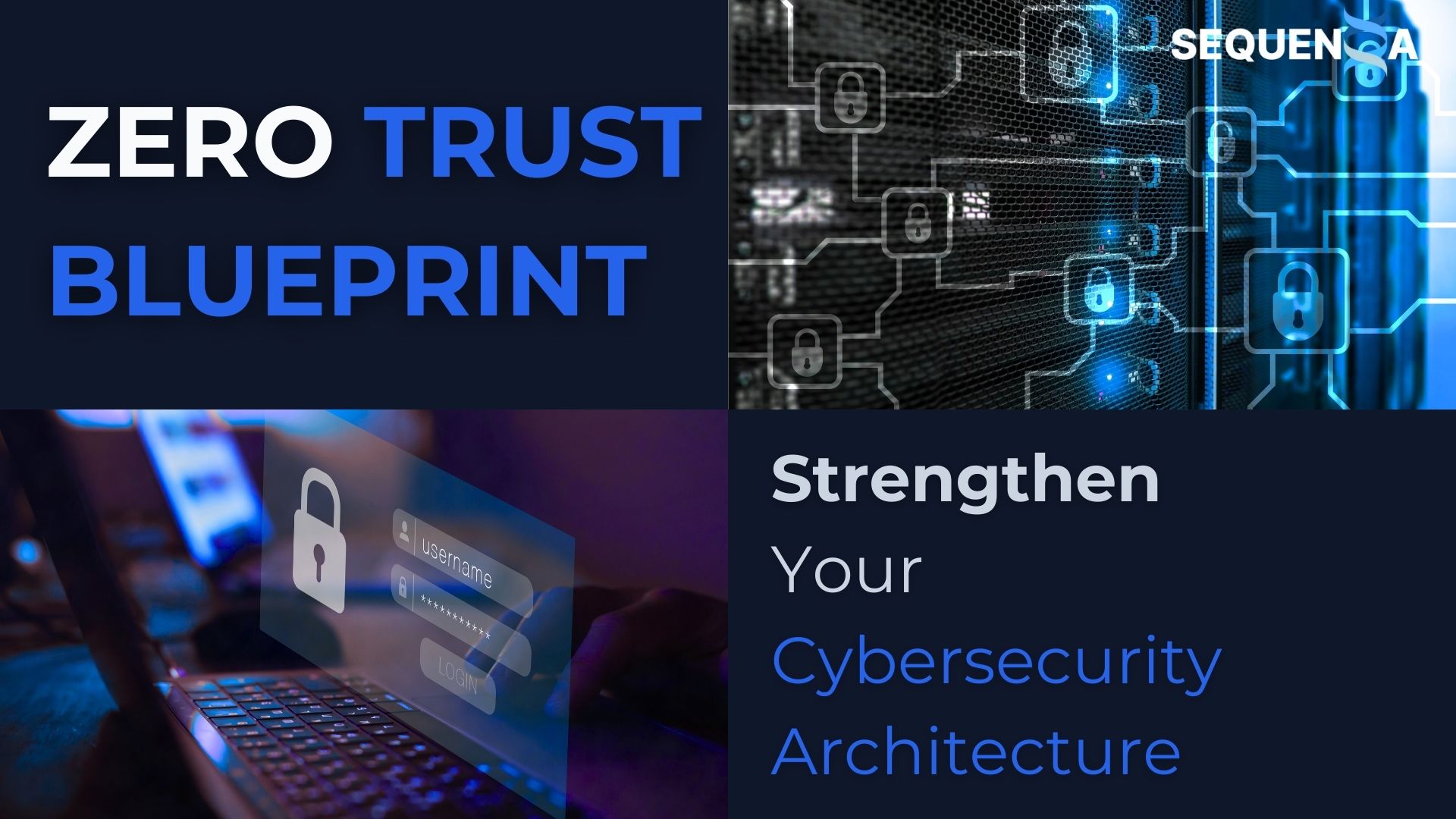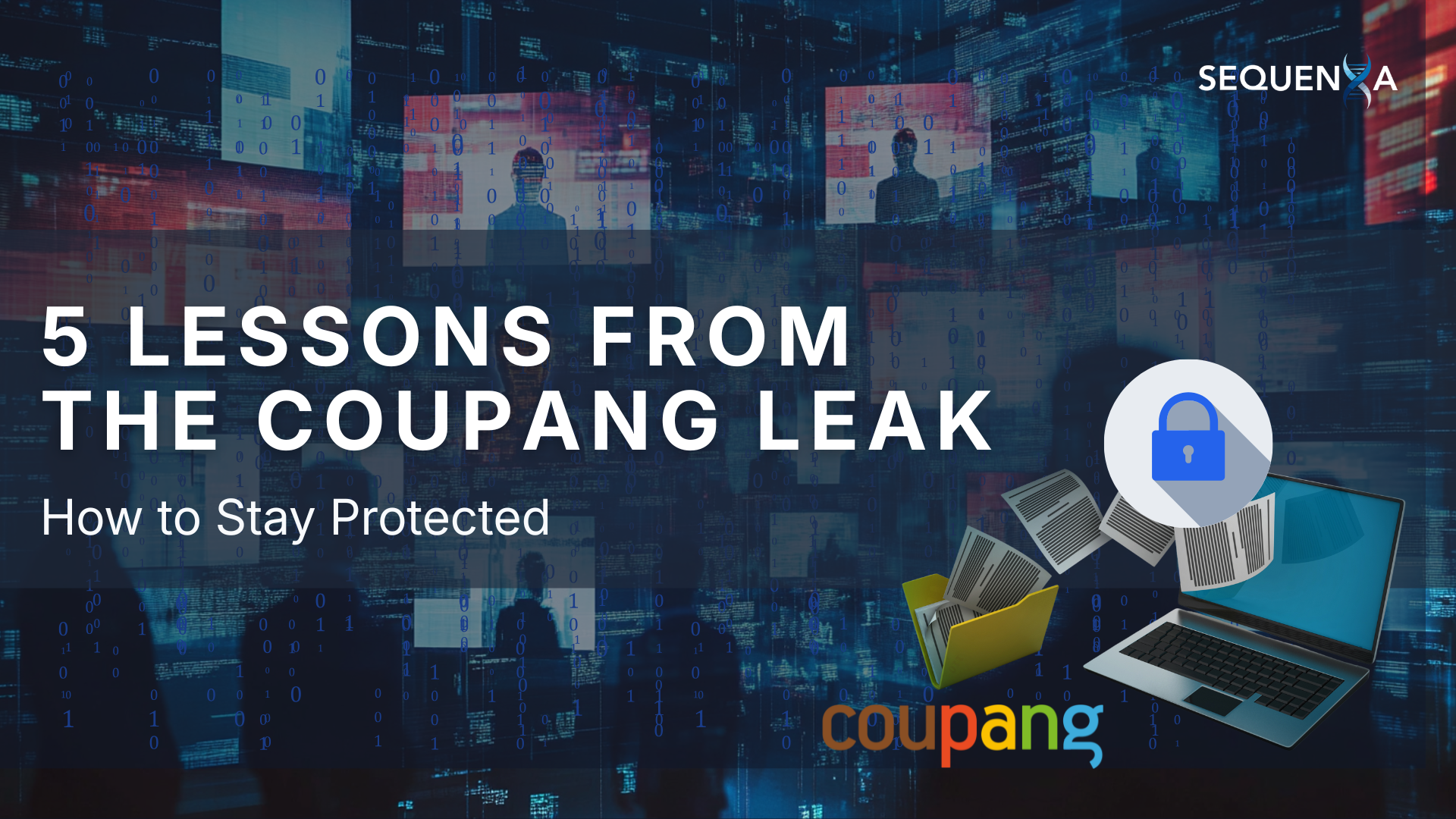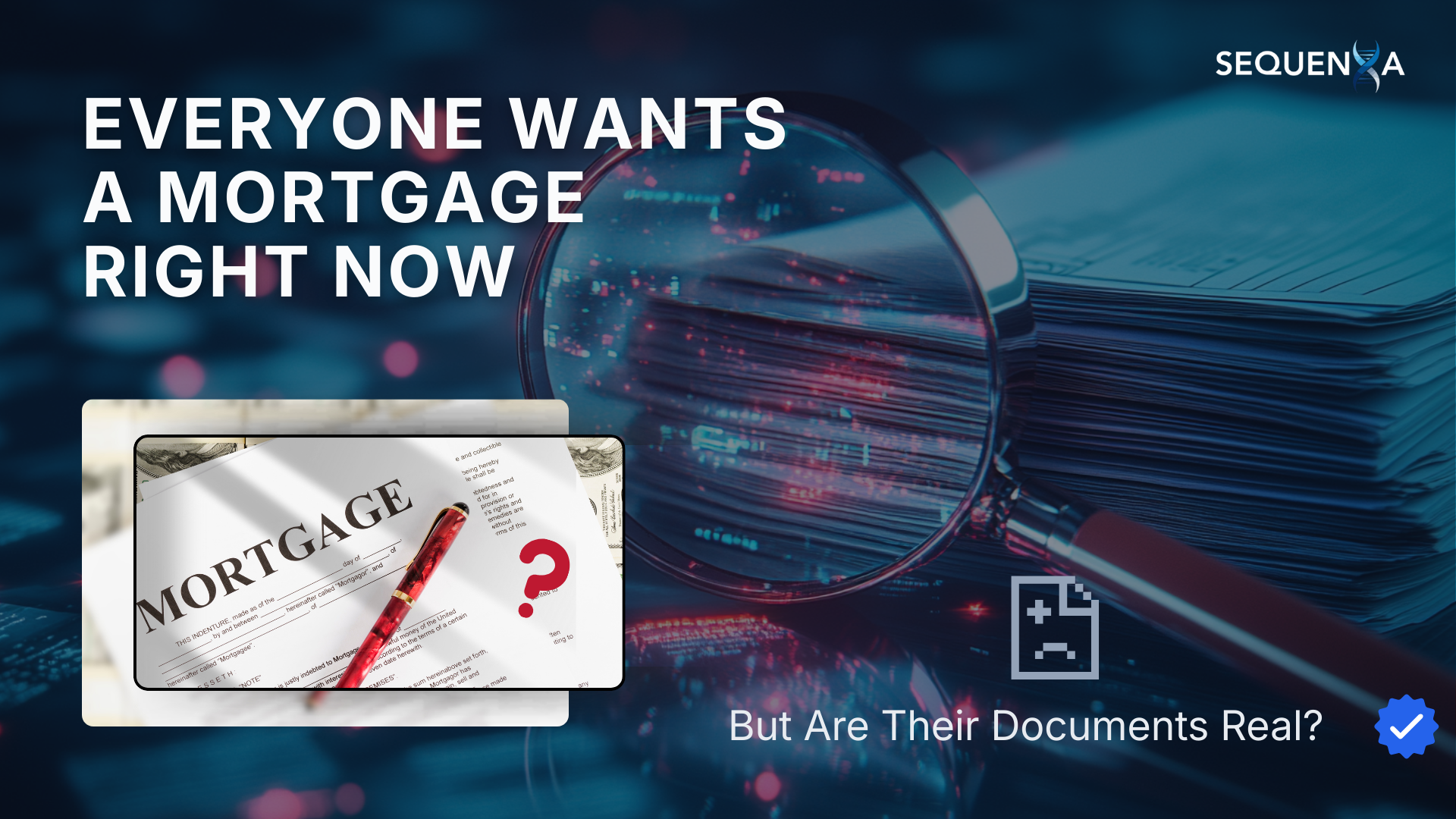Zero Trust Blueprint: Strengthen Your Cybersecurity Architecture

Data breaches, insider abuse, and ransomware still overwhelm businesses despite years of heavy security investment. The problem? Traditional “trust but verify” models crumble once attackers bypass perimeter defenses, leaving apps, networks, and sensitive data vulnerable. This article unpacks the cybersecurity zero trust architecture, its ZTA pillars, what are the three principles of zero trust, and the benefits of zero trust. We’ll explore zero trust tools, zero trust solutions, and show how to apply them across cloud, network, and application environments, with real-world examples.
Zero Trust Foundations and Three Core Principles
The zero trust framework is built around a mindset that never trusts by default and always verifies. These zero trust principles help form a strong zero trust security model for modern threat defense.
Least-Privilege Access
Limit user and system permissions so attackers gain minimal reach if an account is compromised. This practice reduces lateral movement inside zero trust networks and prevents access to unrelated systems. In hybrid and zero trust cloud deployments, least-privilege is essential for safe scalability.
Continuous Verification
Every access request is authenticated and authorized, regardless of location or prior approvals. This ensures that stolen credentials or malicious insiders can’t reach critical systems undetected. Many organizations use zero trust authentication to achieve continuous verification across zero trust application security systems.
Assume Breach Mindset
Work as if an intrusion has already happened. This drives stronger logging, faster incident response, and robust zero trust data security. By designing controls under this assumption, you prevent small compromises from becoming catastrophic breaches.
Did you know? Firms implementing these principles see 60% fewer successful intrusions in their first year.
“Smart trust at the right time is what makes this model powerful.”
Which of the three principles would make the most impact in your environment?
Pillars of ZTA: Data, Network, Cloud, Application
The ZTA pillars cover all parts of your environment. Each zero trust pillar builds on the others to form a secure zero trust security model.
Zero Trust Data Access and Security
Protect sensitive data with context-aware policies adjusting to user role, device health, and location. For example, finance staff can view invoices but not customer payment records. This principle, part of the benefits of zero trust, limits damage from credential theft.
Zero Trust Application Security
Applications must check user identity, device integrity, and request context before granting access. In one case, a bank applied this with zero trust software to stop unauthorized account access even from internal devices.
Zero Trust Network
Segment internal traffic into micro-perimeters so breaches in one zone don’t spread. Proper segmentation is essential for zero trust networks, ensuring attackers hit dead ends.
Zero Trust Cloud and Platform
Apply the same rules in cloud as on-premises using a zero trust platform. A retail group combined zero trust cloud security and cybersecurity zero trust architecture for consistent visibility across AWS and Azure.
Did you know? Using all zero trust pillars reduces dwell time for lateral movement by 75%.
“Layered, identity-driven controls leave attackers with nowhere to run.”
Which Zero Trust principle are you missing today, access control, verification, or breach readiness? Explore how Sequenxa enforces all three with identity-first infrastructure.
Zero Trust Tools and Security Solutions
Zero trust tools are the enablers of enforcement across all pillars. The right mix of zero trust solutions and zero trust security solutions ensures policies are consistently applied.

Authentication and Identity Platforms
Deploy zero trust authentication with multi-factor checks, device compliance rules, and behavioral analytics. This greatly strengthens zero trust application security, reducing credential-based attacks.
Zero Trust Firewall and Policy Engines
A zero trust firewall enforces per-app and per-segment rules, blocking risky connections. Development teams, for instance, are blocked from production environments, a practice aligned with what does zero trust mean in cyber security best practices.
Zero Trust Platform and Centralized Management
A central zero trust platform provides visibility, telemetry, and real-time detection across the zero trust architecture diagram. This single-pane view helps identify gaps and improve how does zero trust work in practice.
Benefits of Zero Trust Adoption
The benefits of zero trust go beyond threat prevention, improving compliance, visibility, and efficiency.
Improved Breach Detection
Micro-segmentation, continuous authentication, and enhanced logging catch intrusions faster. Early detection limits damage and makes remediation more cost-effective.
Simplified Compliance
Granular, documented access controls help align with GDPR, HIPAA, and other laws. Strong zero trust data access enforcement streamlines audits and builds customer trust.
Did you know? Zero trust adopters cut breach discovery time by 50%.
“With ZTA, compliance is built into the architecture.”
Want compliance you don’t have to chase manually? Let Sequenxa build audit-readiness into your architecture by default.
Implementation: How Zero Trust Works
Rolling out how does zero trust work strategies requires careful phasing.
Assessment and Segmentation
Identify critical assets and map them to the ZTA pillars. This highlights where zero trust data security and access controls can have the fastest impact. Clear mapping makes zero trust model adoption smoother.
Identity-First Enforcement
Start with zero trust authentication on your highest-value applications. Gradually extend segmentation with zero trust firewall rules for broader defense.
“You can’t protect what you don’t see, visibility is step one.”
Zero Trust in Cloud and Hybrid Environments
Cybersecurity zero trust architecture must work seamlessly across both cloud-native and on-prem systems.

Consistent Policy Enforcement
Applying zero trust cloud security rules across all platforms reduces misconfiguration risk. One global firm saw 30% fewer configuration errors by using the same zero trust software in cloud and data centers.
Centralized Visibility
Collect logs and alerts in a unified zero trust platform for faster detection. This method answers what does it mean zero trust by ensuring oversight for every access event.
“If the policy changes between environments, it’s not true zero trust.”
Are your cloud and on-prem rules equally strict?
Zero Trust Architecture Diagram and Practical Example
The zero trust architecture diagram shows how identity, segmentation, monitoring, and enforcement integrate.
Layered Diagram Approach
This diagram includes zero trust firewall micro-segmentation, zero trust software for monitoring, and a zero trust platform for unified policy. Each layer supports the zero trust principles of least-privilege, continuous verification, and assume breach.
Case Study
A financial services firm used zero trust application security, segmented networks, and a zero trust architecture diagram blueprint to stop ransomware within seven minutes. This example shows what are the three principles of zero trust in action.
Did you know? Severity of incidents dropped by 70% post-implementation.
“Your architecture diagram is your operational playbook for defense.”
FAQs
What does zero trust mean in cyber security?
It’s a model where no user, device, or request is trusted by default, regardless of network location.
How does zero trust work?
By enforcing least-privilege, continuous verification, and breach containment via segmentation.
What are the three principles of zero trust?
Least-privilege, continuous verification, and assume breach.
What is a zero trust firewall?
A firewall applying per-application and micro-segment rules, not just perimeter filtering.
Build Your Security Blueprint Without Weak Links
The modern threat environment demands a zero trust pillar-driven approach that protects data, applications, and networks. Relying on outdated, perimeter-based defenses is no longer sufficient. The modern threat environment demands a Zero Trust, pillar-driven security approach, one that verifies every access request, continuously monitors behavior, and enforces strict identity controls.
At the core of this approach lies a fundamental shift: trust no one, verify everything. Whether it's users, devices, applications, or networks, Zero Trust requires continuous validation before granting access, ensuring that your most critical assets remain protected at all times.
Ready to replace guesswork with measurable controls? Let Sequenxa help you design your Zero Trust strategy, backed by policy, identity, and proof.
References
A small carrier used social media marketing to attract direct shipper contracts, reducing their reliance on brokers and increasing profit margins by 20% (FreightWaves, 2023).
American Trucking Associations. (2023). Trucking industry statistics. Retrieved from https://www.trucking.org



